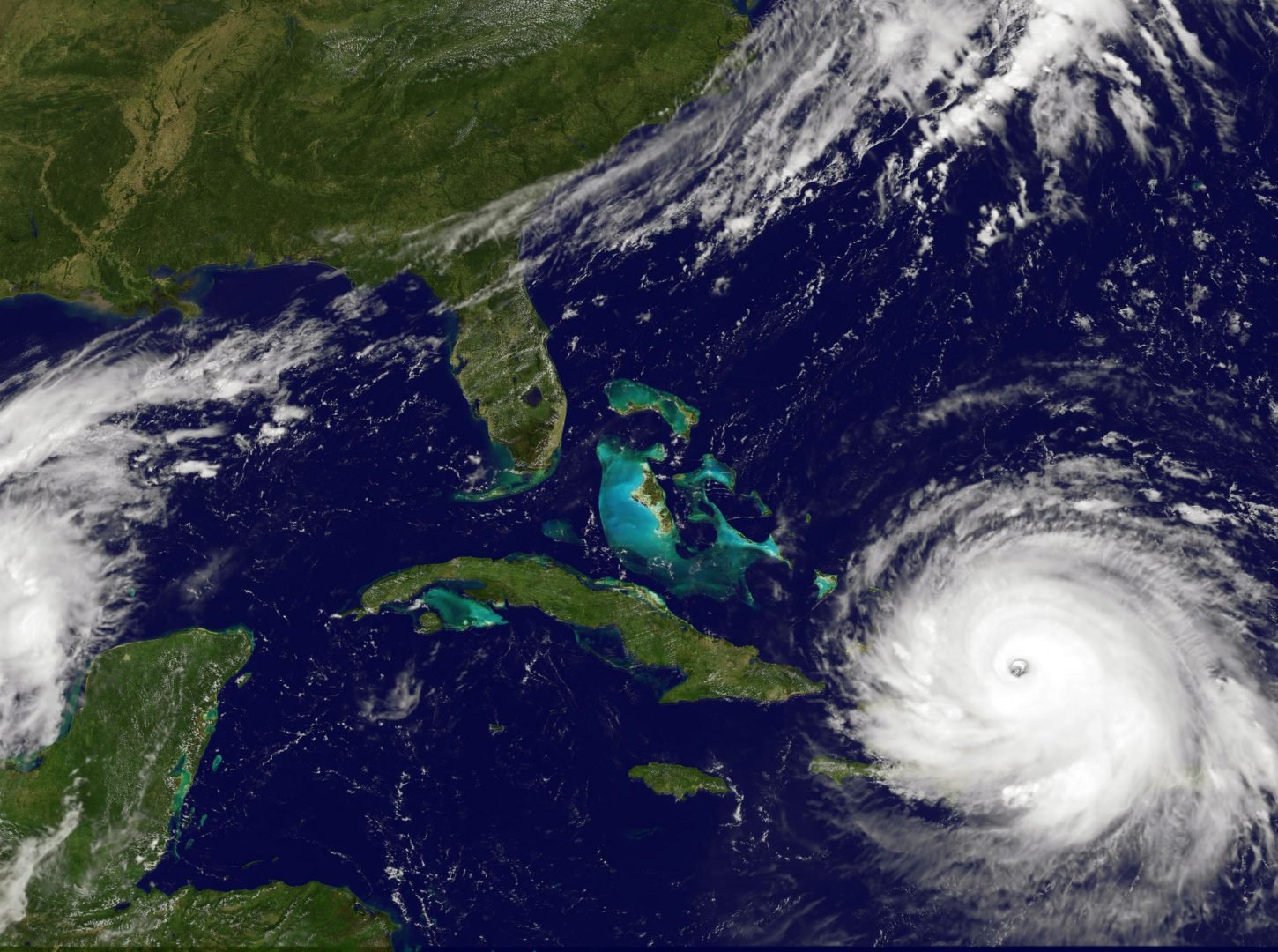What is a hurricane and why are they so bad this year?
News


IN recent weeks, hurricanes have devastated the Caribbean and Florida, causing billions of pounds’ worth of damage, killing dozens of people and making thousands homeless. But what are hurricanes and how do they form?
Hurricanes are what they’re called in the Atlantic and Northeast Pacific, but they’re known as typhoons in the Northwest Pacific, and cyclones in the South Pacific and Indian Ocean. To make it easy, we’ll call them all hurricanes in this report.
All of these things start with what meteorologists (weather scientists) confusingly call a cyclone, which is the technical name for a system of clouds and thunderstorms that spins around an area of low air pressure. However, only tropical cyclones, which form over tropical waters and have warm air at their centre, go on to become hurricanes.
Tropical cyclones need high humidity (moist air), light winds and sea temperatures above 27°C before they can form.
The area of low pressure at the centre of the cyclone causes warm, moist air to rise up. As it does, the water in the air condenses, releasing heat energy. This heat warms the air even more, making the pressure at the top of the cyclone lower. This causes even more warm, moist air to be sucked up from the surface. It then becomes a chain reaction where the cyclone is fuelling itself and getting stronger.
We don’t get hurricanes in the UK because the seas are too cold. However, America has what is known as a hurricane season and so people know when to expect them. This is normally between June and November.
This year, the hurricanes have been particularly powerful. Experts believe it is because lots of weather conditions are coinciding (happening at the same time) causing the hurricanes to be very intense. This includes warm Atlantic Ocean temperatures, weak winds and changing air pressure.
0 Comments